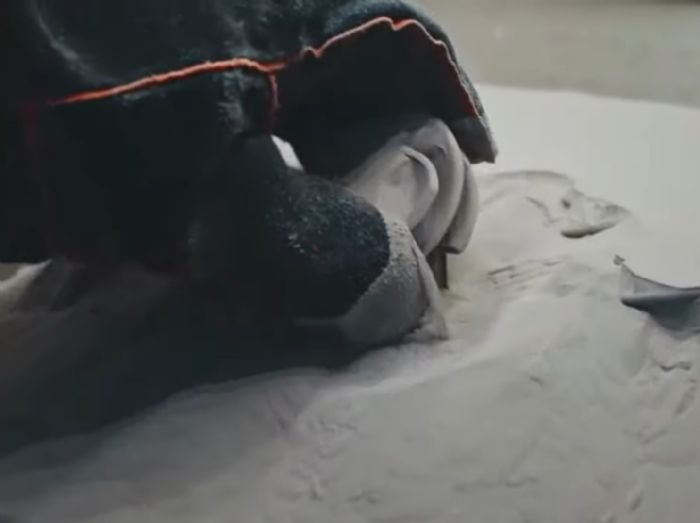New Process for Support Minimization, Elimination from SLM Solutions
June 24, 2021Comments
 SLM Solutions has rolled out its Free Float process for support minimization or elimination via most of the company’s additive manufacturing (AM) systems, including the new NXG XII 600. Ordering for new systems with Free Float now is available, with deliveries beginning in 2021’s fourth quarter for new machines and retrofits.
SLM Solutions has rolled out its Free Float process for support minimization or elimination via most of the company’s additive manufacturing (AM) systems, including the new NXG XII 600. Ordering for new systems with Free Float now is available, with deliveries beginning in 2021’s fourth quarter for new machines and retrofits.
Free Float, as explained SLM Solutions officials during a virtual introduction of the technology on June 23 (see video), promises significant reductions in build time and post-processing, leading to reduced cost per part, and enabling new design possibilities. Initial materials compatible with the technology include a nickel-chromium superalloy (Inconel 718) and titanium alloy owing to expected use in aerospace and energy sectors. Expect at least a couple OF new material releases annually.
In practice, the open-architecture technology employs software to process existing .slm files, with users simply applying profiles where needed then exporting for Free Float processing. Where traditionally, powder-based AM below a 45-deg. part-feature angle required support structures, Free Float “can now print overhangs to free float with low angles of 10 deg. for long-range geometry and 5 deg. for short-range geometry,” says Benjamin Haas, product manager, materials and parameters, for SLM Solutions. “(This technology also enables users to) increase the diameter of internal cooling channels, and create thinner walls and sharper edges with reduced peel-up.”






